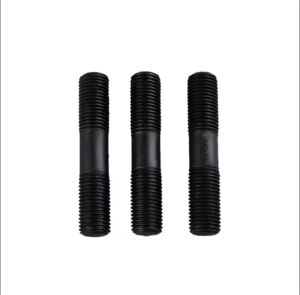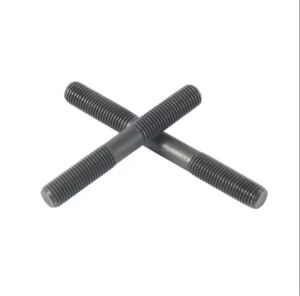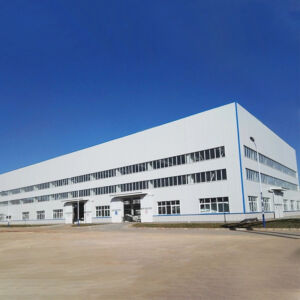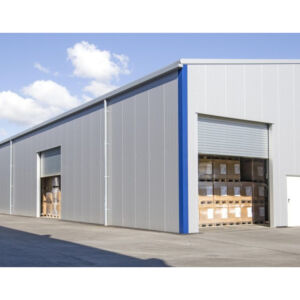Stud bolts, as an important connecting element, play a vital role in the engineering field. Its unique design structure makes it widely used in various engineering projects. Whether in the fields of construction, manufacturing or machinery, stud bolts have demonstrated excellent connection performance and reliable safety. Let’s take a closer look at this compelling product.
Stud bolts adopt a special design structure with two threaded heads. This design allows the studs to connect two parts at the same time, simplifying the assembly process and improving work efficiency. Typically, one head of a stud bolt is designed with an external thread and the other head is designed with an internal thread to accommodate different types of connection needs.
Stud bolts are made of high-quality materials and have excellent strength and durability. They can withstand high tension and shear forces to ensure the firmness and stability of the connection.
Because studs have two threaded heads, two parts can be connected at the same time, greatly simplifying the installation process and reducing manual operation time and costs.
Stud bolts are available in a variety of specifications and sizes to meet the needs of different engineering projects, from small machinery to large structures, you can find suitable stud bolts.
Stud bolts undergo strict quality control and testing to ensure product quality is stable and reliable, and are not prone to loosening or falling off during use, ensuring project safety.
Environmental protection and sustainable development are taken into consideration during the material selection and production process to minimize the impact on the environment, which is in line with the sustainable development trend of modern engineering products.
Used to connect components of steel structures, bridges, tunnels and other buildings to ensure the stability and safety of the building.
Used to connect parts of mechanical equipment, such as engines, gearboxes, etc., to ensure the normal operation of mechanical equipment.
Used for automobile assembly and repair, connecting body structure and vehicle parts to improve vehicle safety and stability.
It is used for the assembly of aerospace components such as airplanes and rockets, and undertakes important connection tasks to ensure the safe flight of the aircraft.







